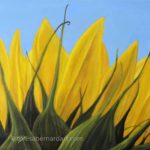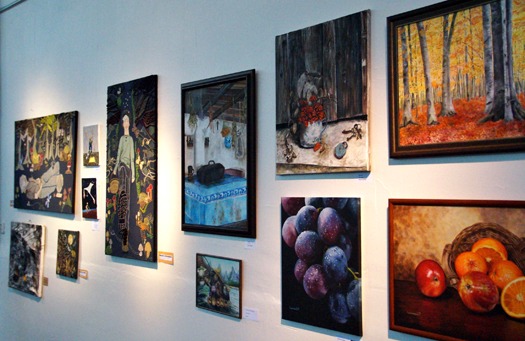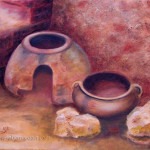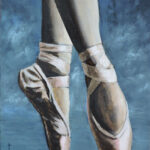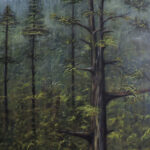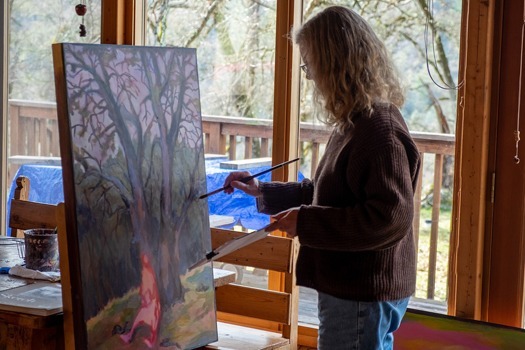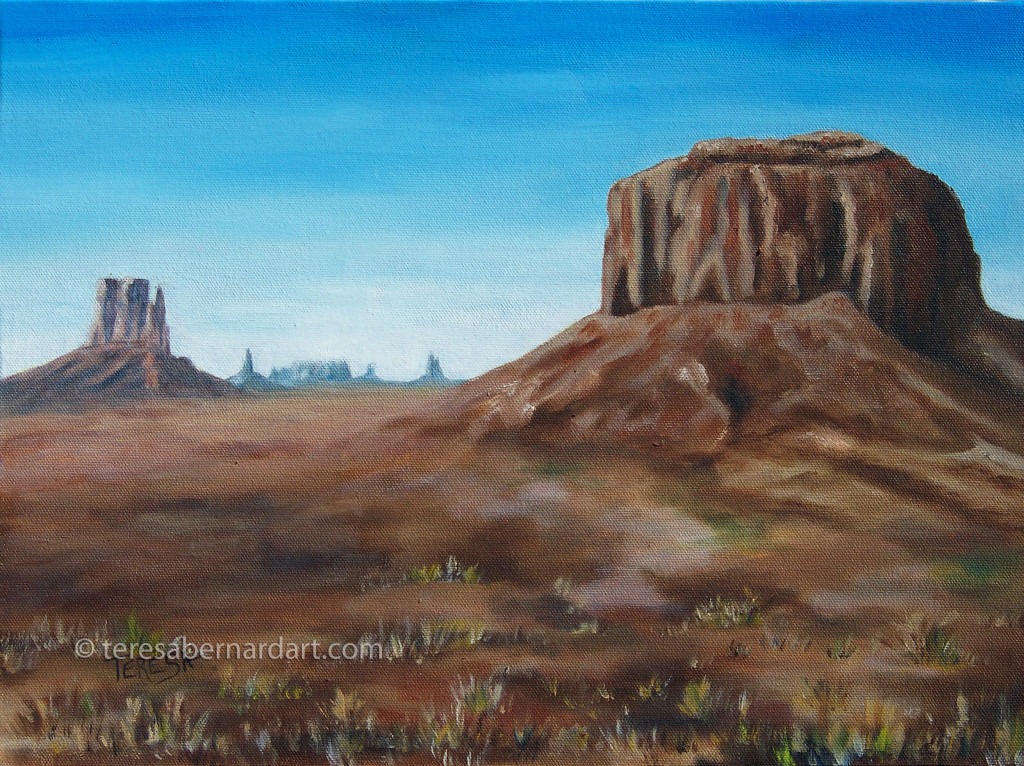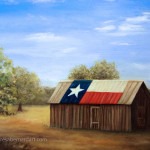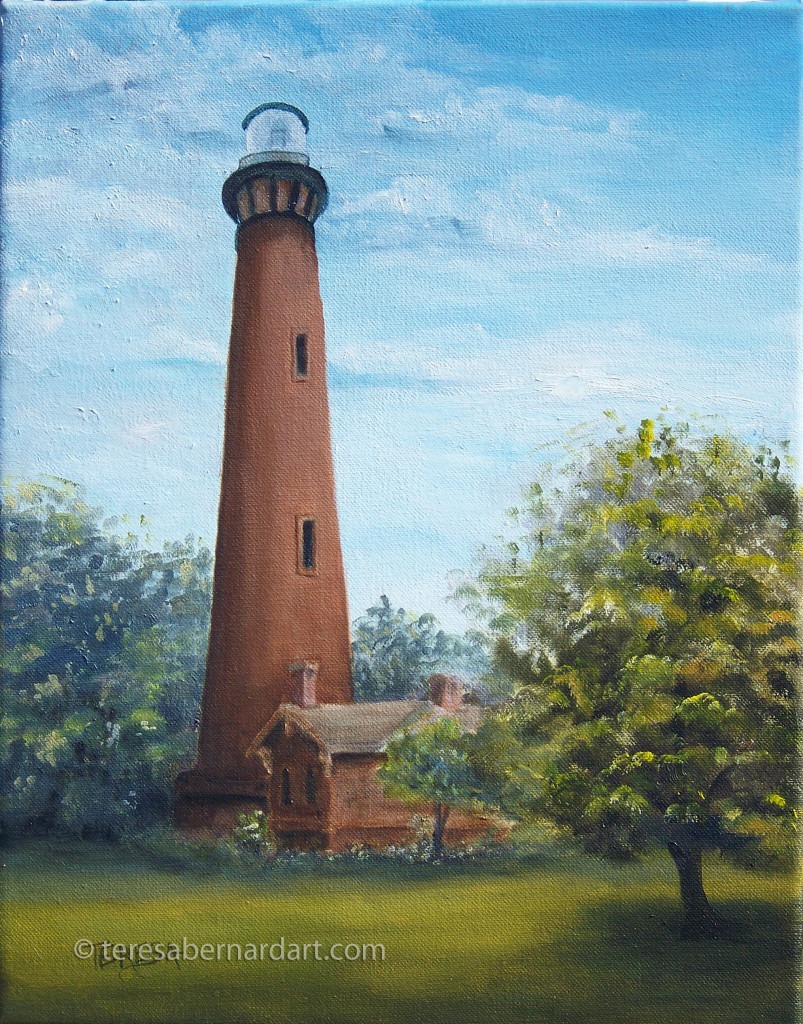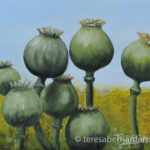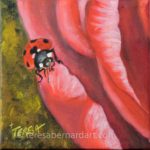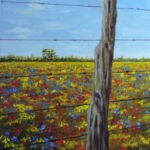What exactly is a viewfinder?

A viewfinder is a useful tool that many photographers and painters use.
In photography, it is the apparatus on the camera that the photographer looks through to compose the photograph he/she wants to take.
In oil painting, a viewfinder is a tool that serves a similar purpose. Artists use these devices as an aid in organizing the scenery of their paintings. It can be moved around to isolate the most appealing aspects of the scenery. A viewfinder achieves this by cutting out the unnecessary elements, resulting in a significantly better composition.
How to Make an Artist’s Viewfinder

Making a viewfinder requires little effort. There are two types: window and L-shape. Both types are simple to make, and which one you choose to use depends on the canvas you plan to paint on. They can easily be made from materials such as cardboard, matboard, or paper.
Making a Window Viewfinder
For standard-size canvases, you may want to choose the window viewfinder. Take a simple piece of paper, scrap matboard, or thin cardboard and cut a rectangular window in the center to look through. The window opening should be proportionate to the prepared canvas in height and width. For example, a 16″ x 20″ canvas would require the viewfinder window to be 2″ x 2.5″ or 4″ x 5″.
Other proportions that might be useful are:
Canvas Size |
Window Cutout Size |
| 16″ x 20″ or 24″ x 30″ | 2″x 2.5″, 4″x 5″, or 8″x10″ |
| 16″ x 24″ or 24″ x 36″ | 2″ x 3″ or 4″ x 6″ |
| 9″ x 12″, 12″ x 16″ or 18″ x 24″ | 3″ x 4″ or 6″ x 8″ |
After carefully measuring and cutting out the window opening, move it slowly around on the surface of your snapshot until the image that interests you appears in the opening. Once you have decided on the composition, tape the viewfinder in position on your photograph to hold it in place.
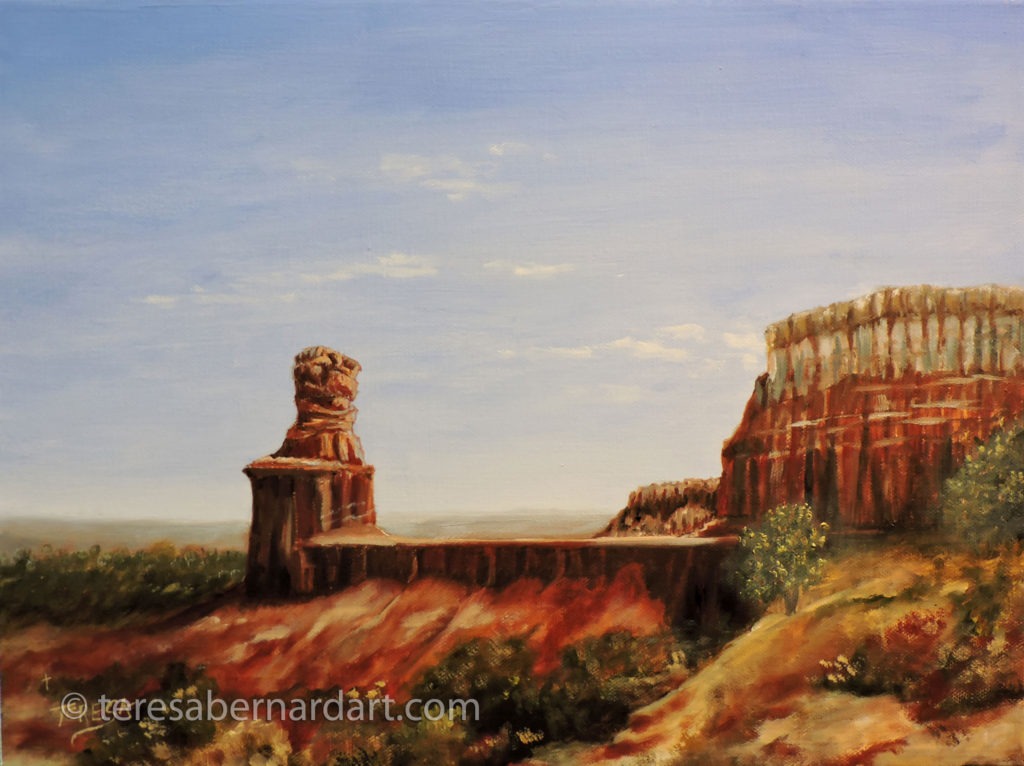 |
The Lighthouse of Palo Duro Canyon by Teresa Bernard (2016) 16″ w x 12″ h Click on the image or link above for more information. |
Making an L-shaped Viewfinder

The L-shaped viewfinder is helpful in determining what size canvas is required if you do not plan on using a standard-size canvas. The two L’s work together much like the aperture of a camera. You move them out and away from each other to enlarge the opening, or you move them closer together to shrink the inside opening.
The L-shaped viewfinder can be made from two L-shaped pieces of cardboard, matboard, or paper. When placed together, they create a frame around your area of focus. You then look through this frame to determine the scene you wish to paint. To make one, you will need a ruler and pencil to draw two identical-sized L-shaped pieces. A good width is about two inches, so they can easily crop out the unwanted areas of the scenery. The length of the arms of each L can be any size; however, 6″ to 8″ works best if you are going to use it on photographs.
How to Use an Artist’s Viewfinder
 Using the viewfinder is a simple technique that has been around and used by artists for centuries. What a viewfinder does is frame in and crop out unimportant areas of an image. The elements inside the frame will make up an attractive focal point that can be used to begin your painting.
Using the viewfinder is a simple technique that has been around and used by artists for centuries. What a viewfinder does is frame in and crop out unimportant areas of an image. The elements inside the frame will make up an attractive focal point that can be used to begin your painting.
How this is done is to take your image and slowly move the viewfinder around until you pinpoint a precise spot that makes an eye-catching center of interest. Once you have your composition picked out, attach the viewfinder to the picture using low-adhesive tape to hold it in place. This will permit you to make several drawings of the scene needed or sketch it directly onto the canvas, getting it ready for painting.
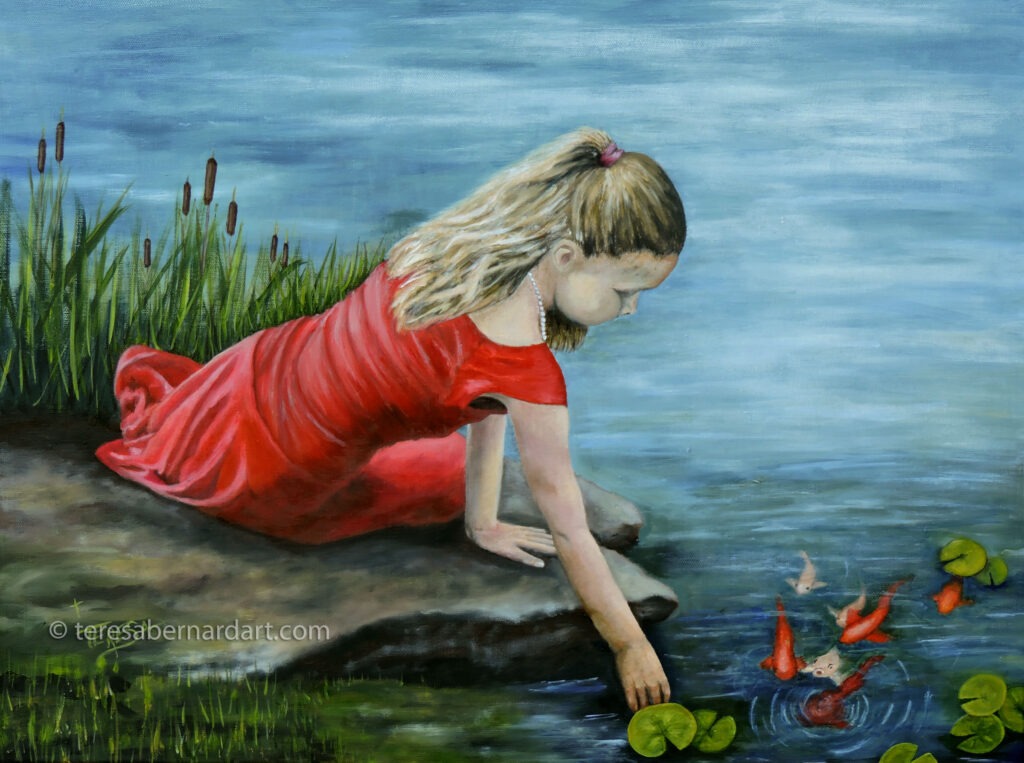 |
Girl in The Red Dress by Teresa Bernard (2020) 24″ w x 18″ h Click on the image or link above for more information. |
A viewfinder is also beneficial for training your eye to distinguish a good composition. This instrument will give the artist an idea of how an arrangement might work as a viable composition. Over time, your “mind’s eye” will become adept at ignoring extraneous elements, allowing you to visualize compositions without any assistance.
Lastly, both viewfinders can be used in either portrait (vertical) or landscape (horizontal) orientations. This allows the artist to use it as a drawing aid to determine which orientation works best for their painting. Positioning the viewfinder vertically accentuates the view’s top and bottom, while a horizontal hold highlights the composition’s width. This helps you focus on particular parts of the scene, enabling you to decide what will make the best composition, both in terms of emphasis and orientation.
You May Also Like
FROM THE EDITORS: We hope you enjoyed this blog about using a viewfinder and found it’s information to be useful. We’re sure you’ll enjoy the paintings below too. For more information and details, click or tap the thumbnail link.
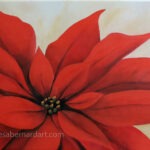
(2023)
12″ w x 9″ h
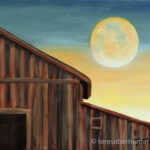
12″ w x 9″ h
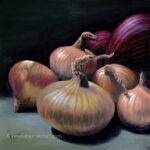
18″ w x 18″ h
Art Gallery Quick Links
Flowers | Landscapes | Marine | People
Space Art | Still Life | Wildlife
Additional Reading
Tightly Cropped Paintings — The Art of Focus and Intrigue
Using a Grid to Enlarge and Transfer an Image to Canvas
You can find more details on this subject and many others in the My Artist Blog Index.
Thanks for reading this!
Feel free to share this with your friends.
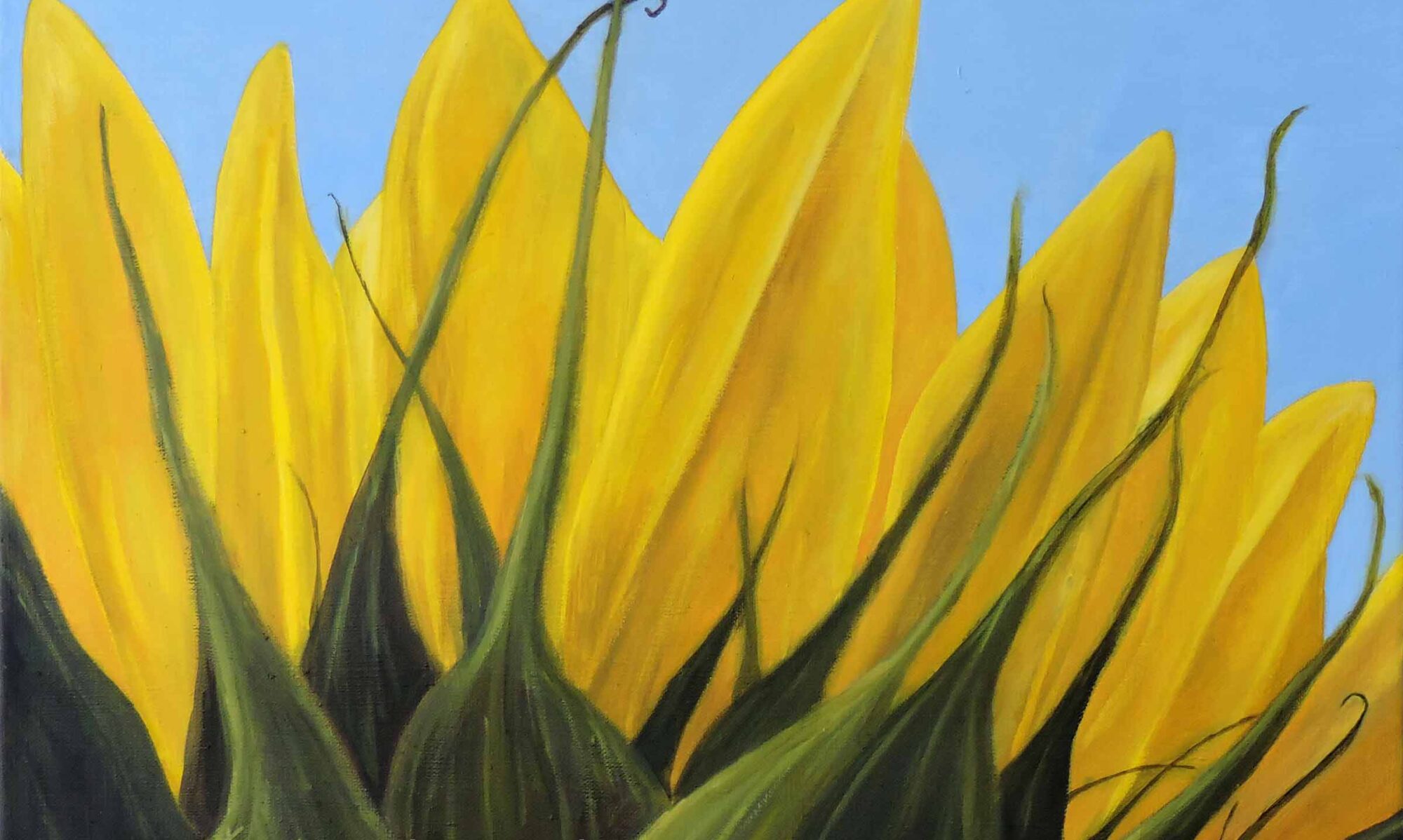

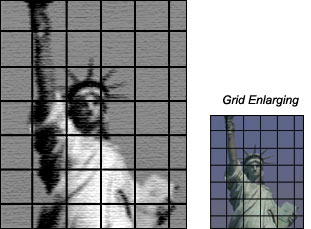 A grid is a series of equally spaced horizontal and vertical lines that intersect to form a boxed pattern. It serves to divide the original image into smaller blocks to see what goes where more easily. Grid enlarging can be a valuable exercise in helping to improve your drawing and observational skills.
A grid is a series of equally spaced horizontal and vertical lines that intersect to form a boxed pattern. It serves to divide the original image into smaller blocks to see what goes where more easily. Grid enlarging can be a valuable exercise in helping to improve your drawing and observational skills.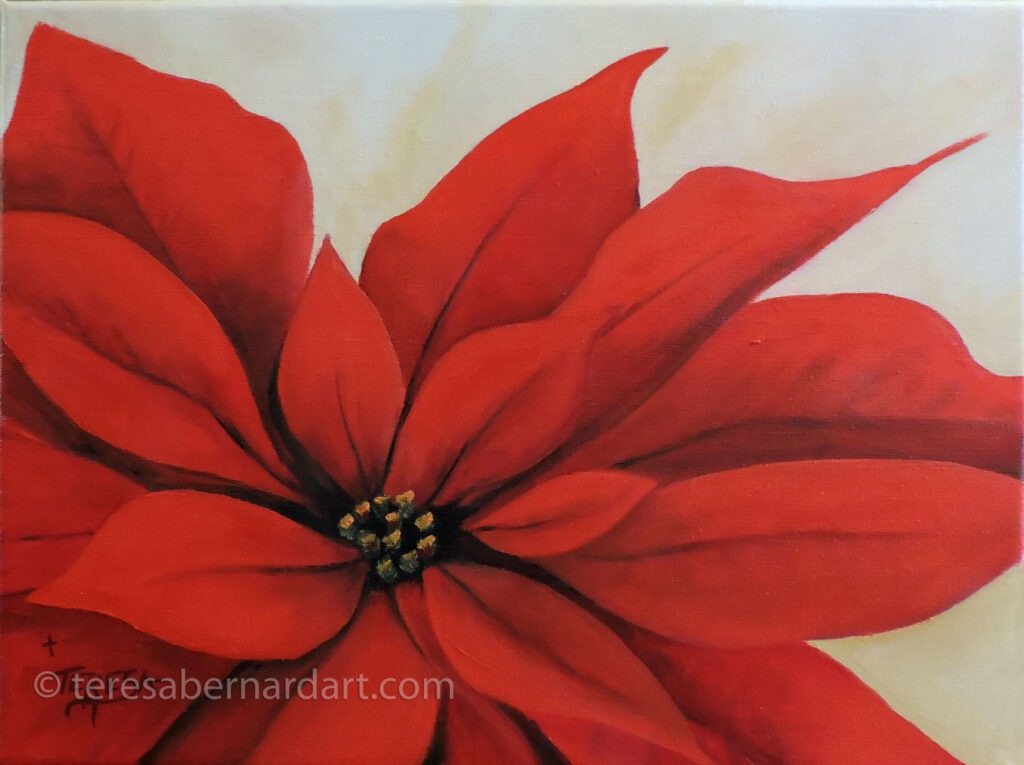
 Step 3: Use a pencil and ruler to carefully measure and mark along the outside edge of the photo. Put tick marks at every inch, half-inch, or quarter inch, depending on the size of your reference image and how much detail you need to transfer. Then carefully connect your marks by lightly drawing your grid directly onto the image.
Step 3: Use a pencil and ruler to carefully measure and mark along the outside edge of the photo. Put tick marks at every inch, half-inch, or quarter inch, depending on the size of your reference image and how much detail you need to transfer. Then carefully connect your marks by lightly drawing your grid directly onto the image.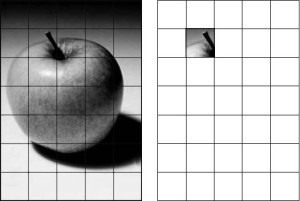
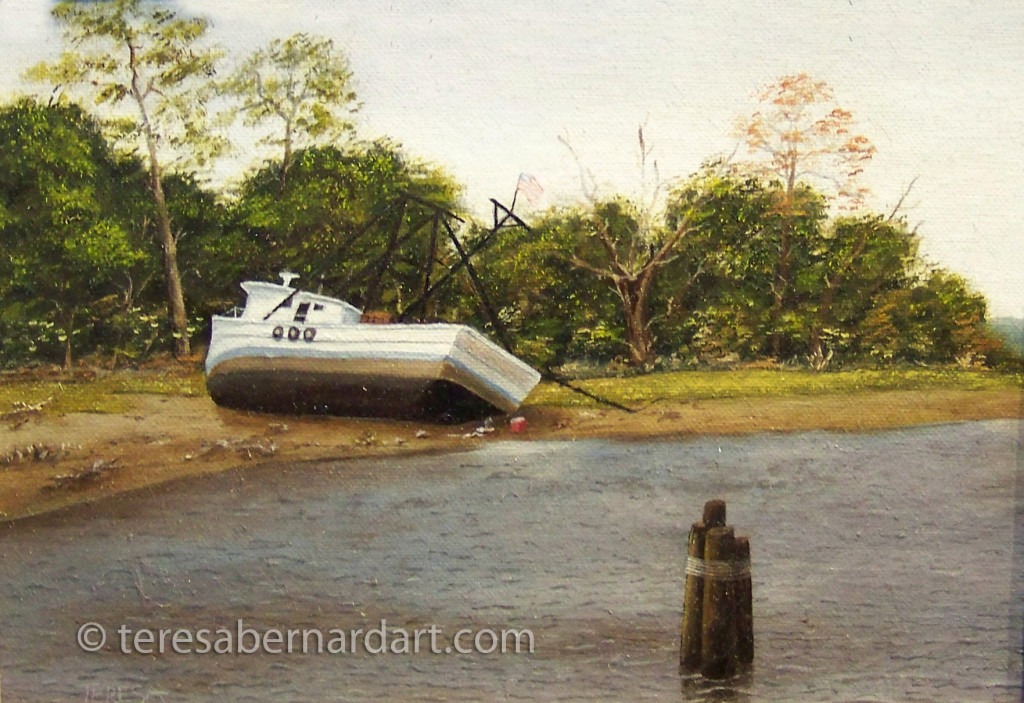
 Begin your drawing with the top left square (A1) and proceed across and down the canvas, moving row by row and column by column, until your detailed drawing is complete. Pay careful attention to make sure you are in the correct square, or your drawing will be off, and you will have to erase some of the drawing and start over from the point where you went off-grid.
Begin your drawing with the top left square (A1) and proceed across and down the canvas, moving row by row and column by column, until your detailed drawing is complete. Pay careful attention to make sure you are in the correct square, or your drawing will be off, and you will have to erase some of the drawing and start over from the point where you went off-grid.